Societal design: Susanna Björklund’s inaugural ’Signals’ installation at Habitare

The effects of political, social and digital changes on the world are always being observed. How these factors affect our interiors and design is a new research sector which trend analyst Susanna Björklund explored in an inaugural installation, ‘Signals’, at Habitare in Helsinki.
Björklund has taken her journalistic skills to Enne – a Finnish agency looking to the future of trends in both design and society. Enne gave Wallpaper* a peek into their vast research in a themed display of modern interiors at the fair. The ‘Signals’ exhibition showed four distinctly different styled spaces: ‘Inbetween’, ‘Simplify’, ‘Positive Psychology’ and ‘Deep’. All conceived with colour themed products and fabrics provided by tonal experts Pantone, viewers were invited to connect cultural influences and design through these homely sets ups.
Upon entering the elaborate ‘Deep’ room interiors, the rich colours and patterned fabrics created a sense of luxury and warmth. The wondrous Zarro marble tables sat with products including Tom Dixon gold candles, dark Gubi shelves, and rust- and navy-coloured Thonet chairs. Björklund wished to present an anti-minimalist setting, a space for cultures in economic struggle who seek comfort in darker colours and busier spaces. The opposite is expressed in ‘Simplified’, a pared back, pastel hued set which felt more organic, with a moss rug by Finnish designer Minna Siltala and Piia Ouri, and an outdoor day bed from Ilse Crawford’s collection for Ikea amid the Rimowa suitcase and B&O speakers. Here, Björklund is touching on themes of urbanisation – more houses, less space – and therefore fewer possessions.
The other two set-ups explored slightly more confusing territory which could be seen as anti-trend. ‘Inbetween’ is the most playful of the four. A burst of pop colour seen in the Muuto modular shelves lined up against the wall and the vintage Artek rocking chairs created a Memphis-style atmosphere, evoking a limbo between design and craft. ‘Positive Psychology’, the most controversial set up, was more of a mismatch of items designed in disarray with no particular theme, mixing a selection of plant life with rattan chairs and printed curtains designed by Björklund herself. This was the only set up we were unable to walk through, suggesting a sense of personal and private space. Perhaps we shouldn't judge why someone places a chair in a certain space and just appreciate it.
Using modern design, ‘Signals’ shows social changes or ‘megatrends’ in a unique way. ‘Everything in the design world is happening in such a fast cycles that it actually mirrors and shows signals of what is going to happen in society,’ Björklund says. Habitare are keeping the installation as a permanent section of the fair, to see how these trends change from year to year.
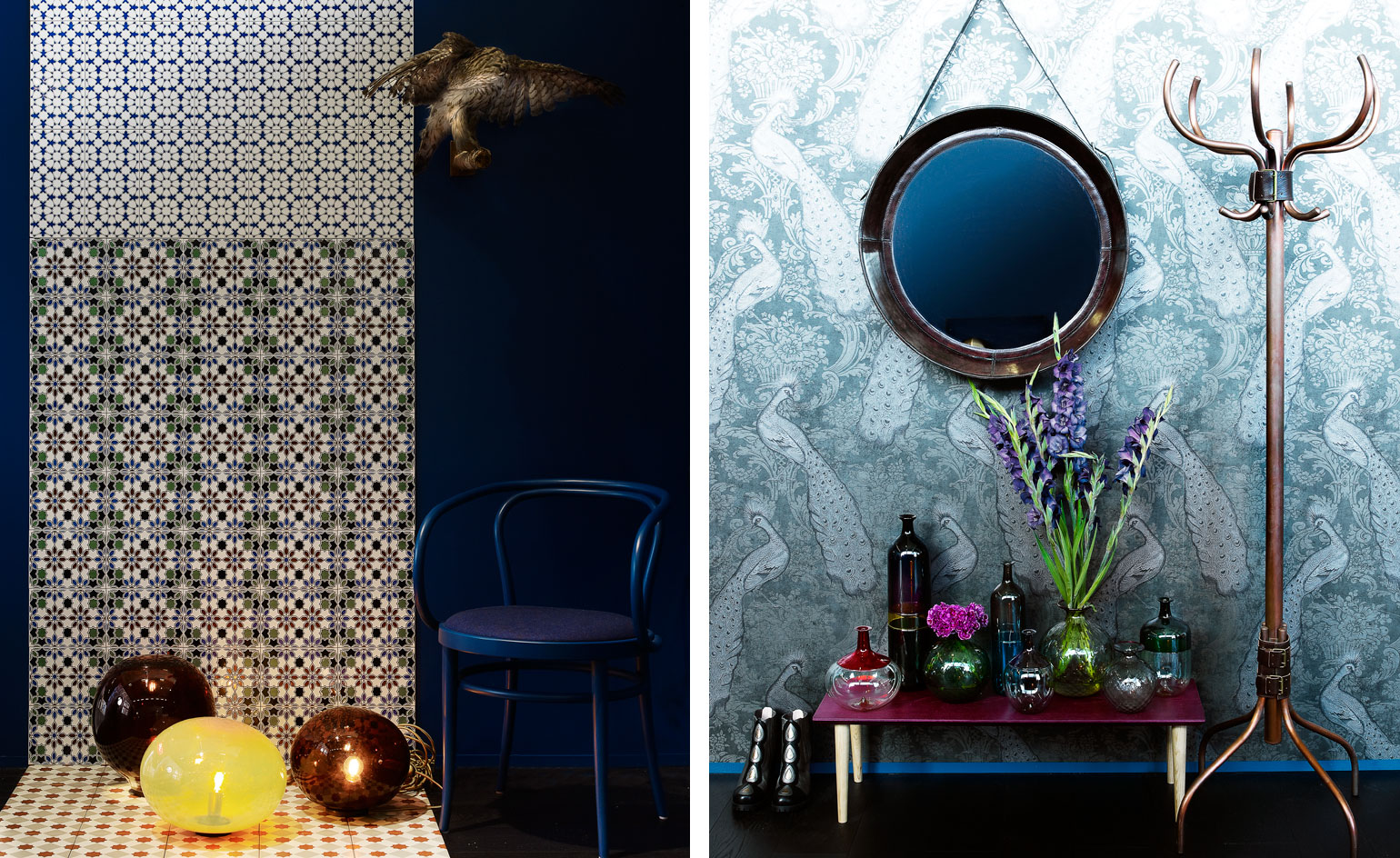
The ’Deep’ interior set included dark Thonet chairs, patterned Cole & Son wallpaper and Venini vases
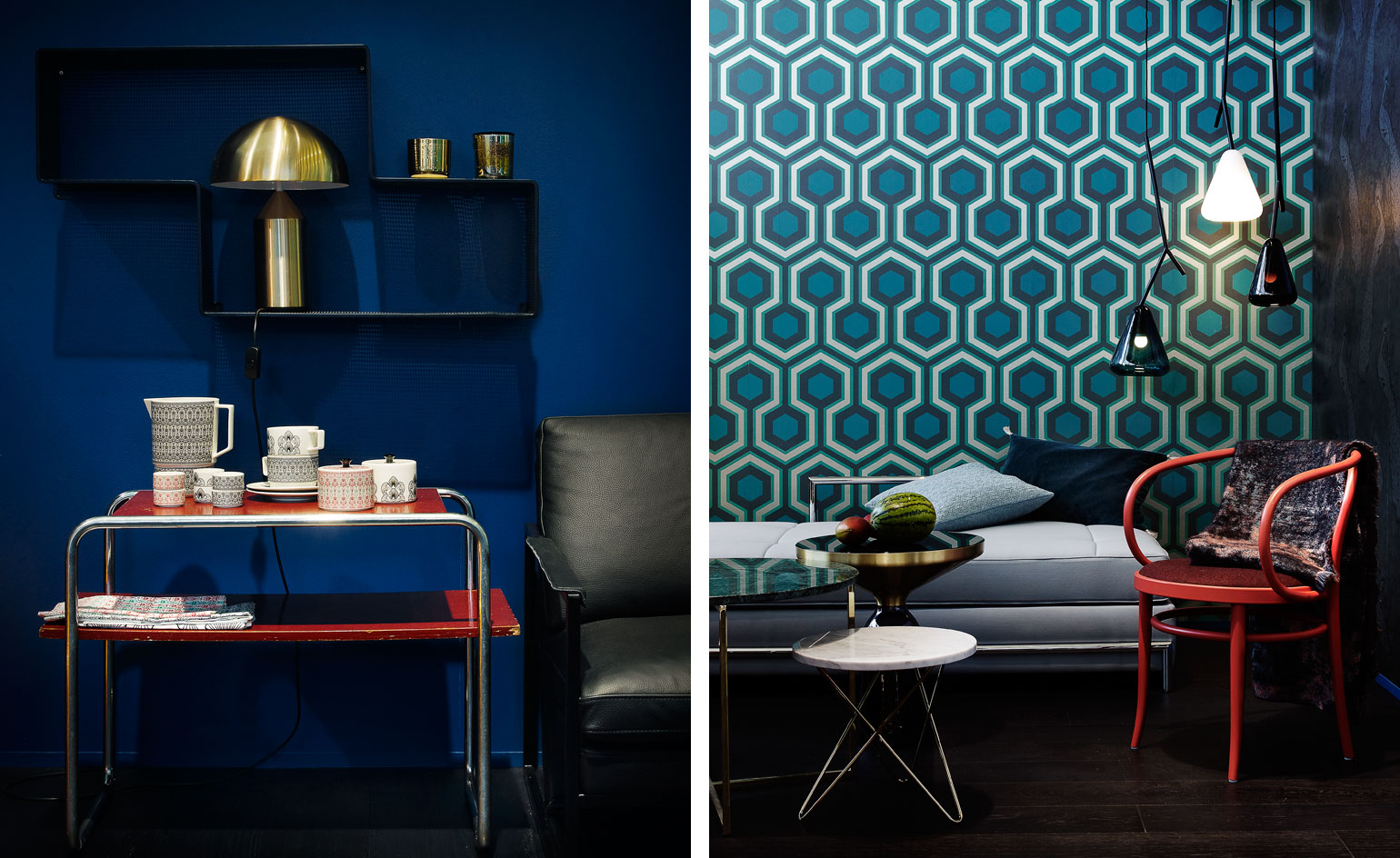
’Deep’ evoked a sense of comfort which perhaps those in economic crisis would seek in deeper colours and a warmer, more busy set up. Products here include Tom Dixon gold candles, a black Gubi shelf and marble tables by Zarro
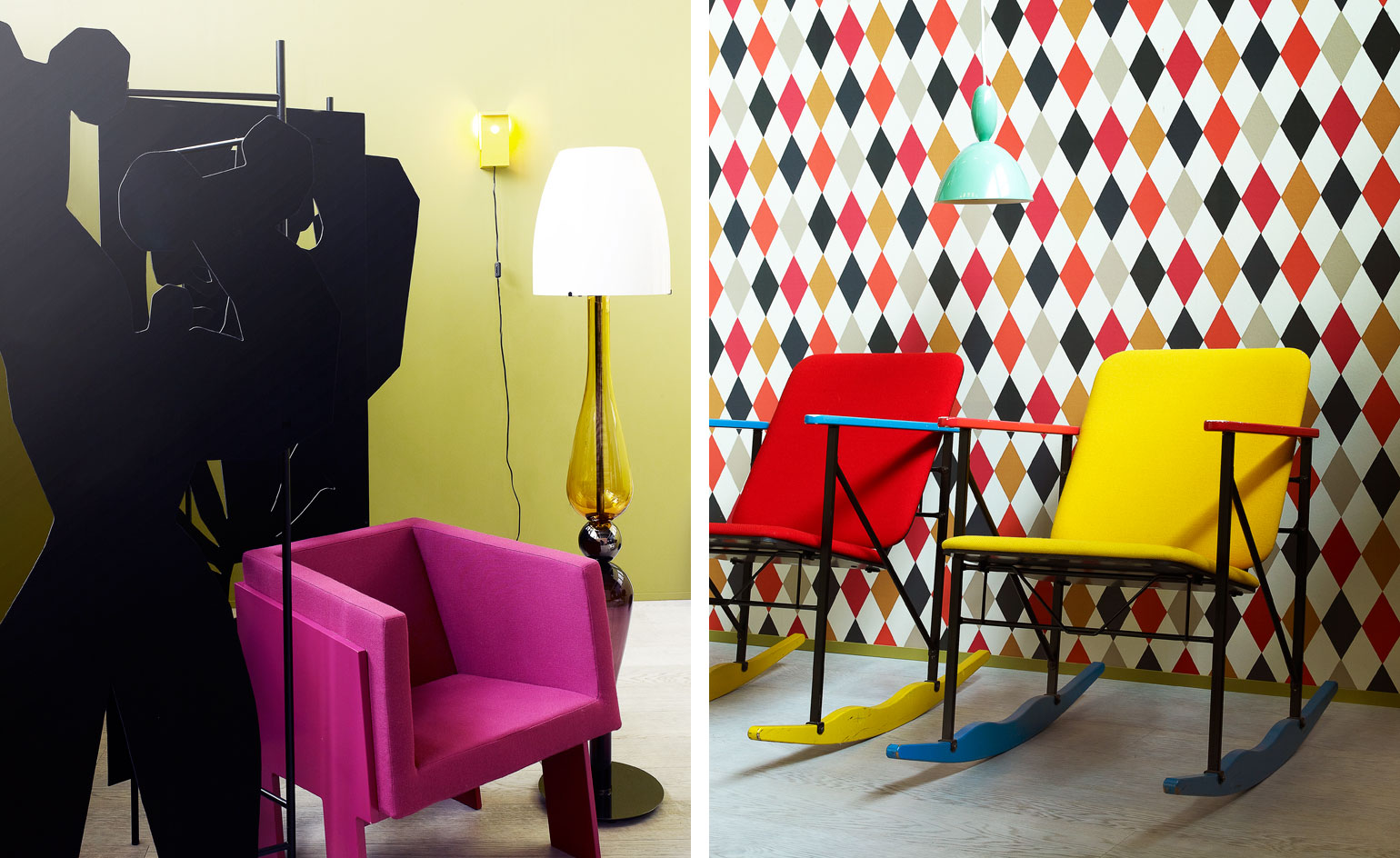
With ’Inbetween’, a Memphis-style pop colour set suggests the limbo between craft and design, and included vintage Artek rocking chairs and a fuschia armchair by Vivero
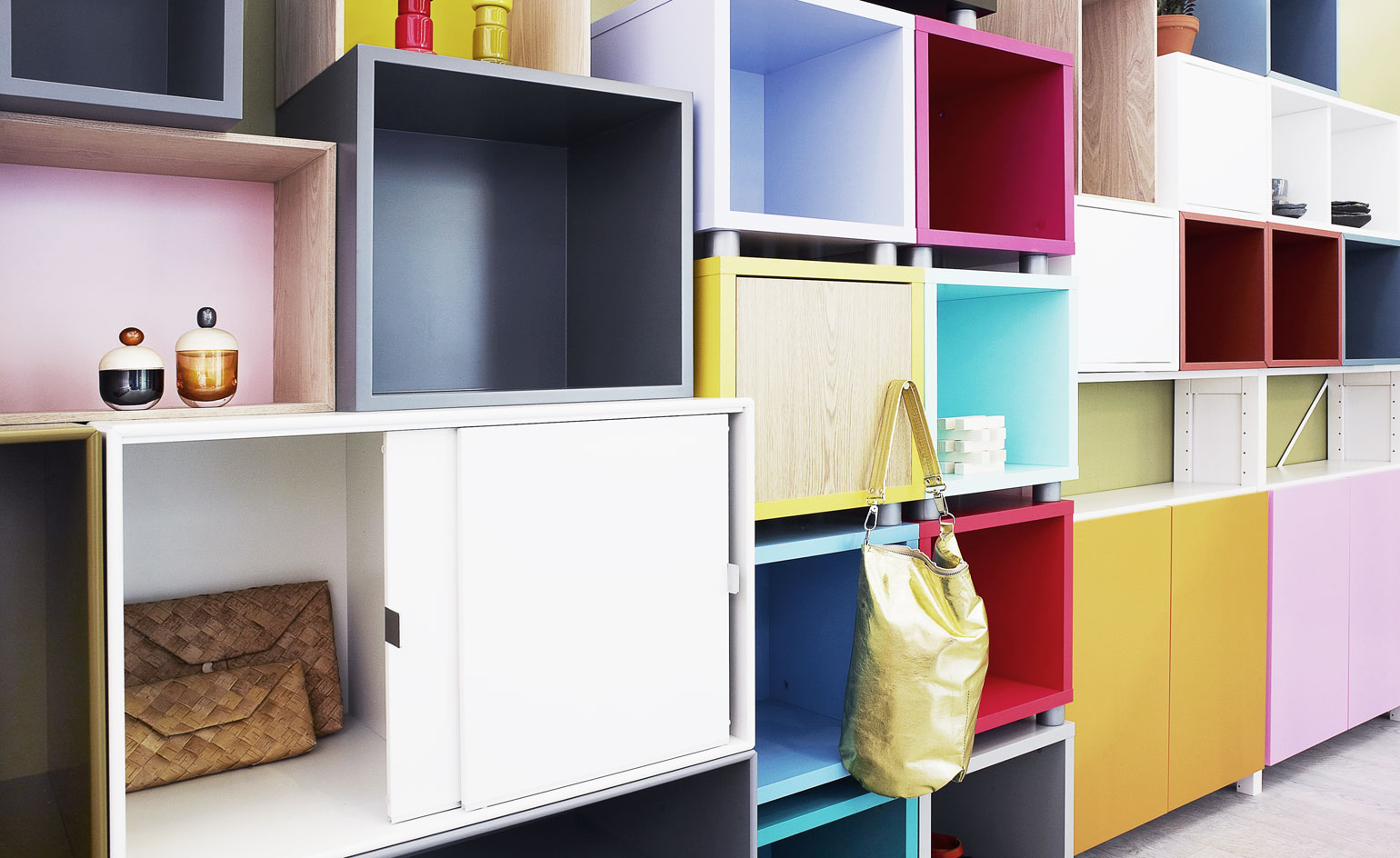
One of the walls of ’Inbetween’ was covered in bright modular shelves by Muuto

The ’Simplified’ area showed a selection of mirrors by Loka, Hay, Roomage and Toisto, and Yoga prints by Timo Junttila
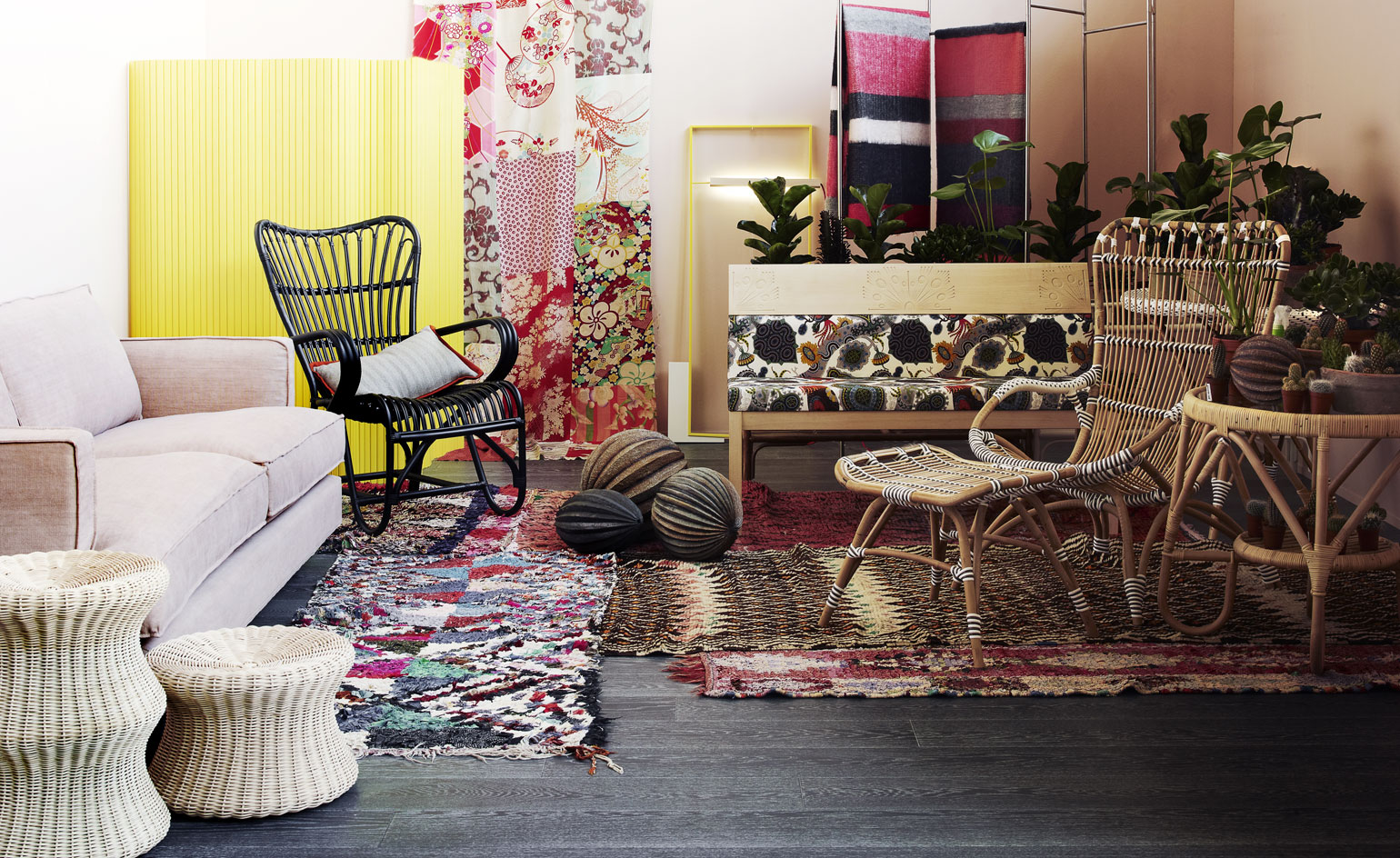
’Positive Psychology’ was an inaccessible space suggesting a private and personal area. There was a slight disarray in the interiors which included rattan chairs by Parolan Rottinki and a range of succulents by Plantagen in amidst the patterned prints by Björklund herself

‘Everything in the design world is happening in such a fast cycles that it actually mirrors and shows signals of what is going to happen in society,’ Björklund says. Pictured: ’Positive Psychology’
INFORMATION
Photography: Martti Järvi
Receive our daily digest of inspiration, escapism and design stories from around the world direct to your inbox.
Sujata Burman is a writer and editor based in London, specialising in design and culture. She was Digital Design Editor at Wallpaper* before moving to her current role of Head of Content at London Design Festival and London Design Biennale where she is expanding the content offering of the showcases. Over the past decade, Sujata has written for global design and culture publications, and has been a speaker, moderator and judge for institutions and brands including RIBA, D&AD, Design Museum and Design Miami/. In 2019, she co-authored her first book, An Opinionated Guide to London Architecture, published by Hoxton Mini Press, which was driven by her aim to make the fields of design and architecture accessible to wider audiences.
-
 12 fashion figures reveal their style resolutions for the year ahead
12 fashion figures reveal their style resolutions for the year aheadAs 2025 comes to a close, we ask the Wallpaper* style community – from Willy Chavarria and Stefan Cooke to Craig Green and Torishéju Dumi – their New Year's resolutions
-
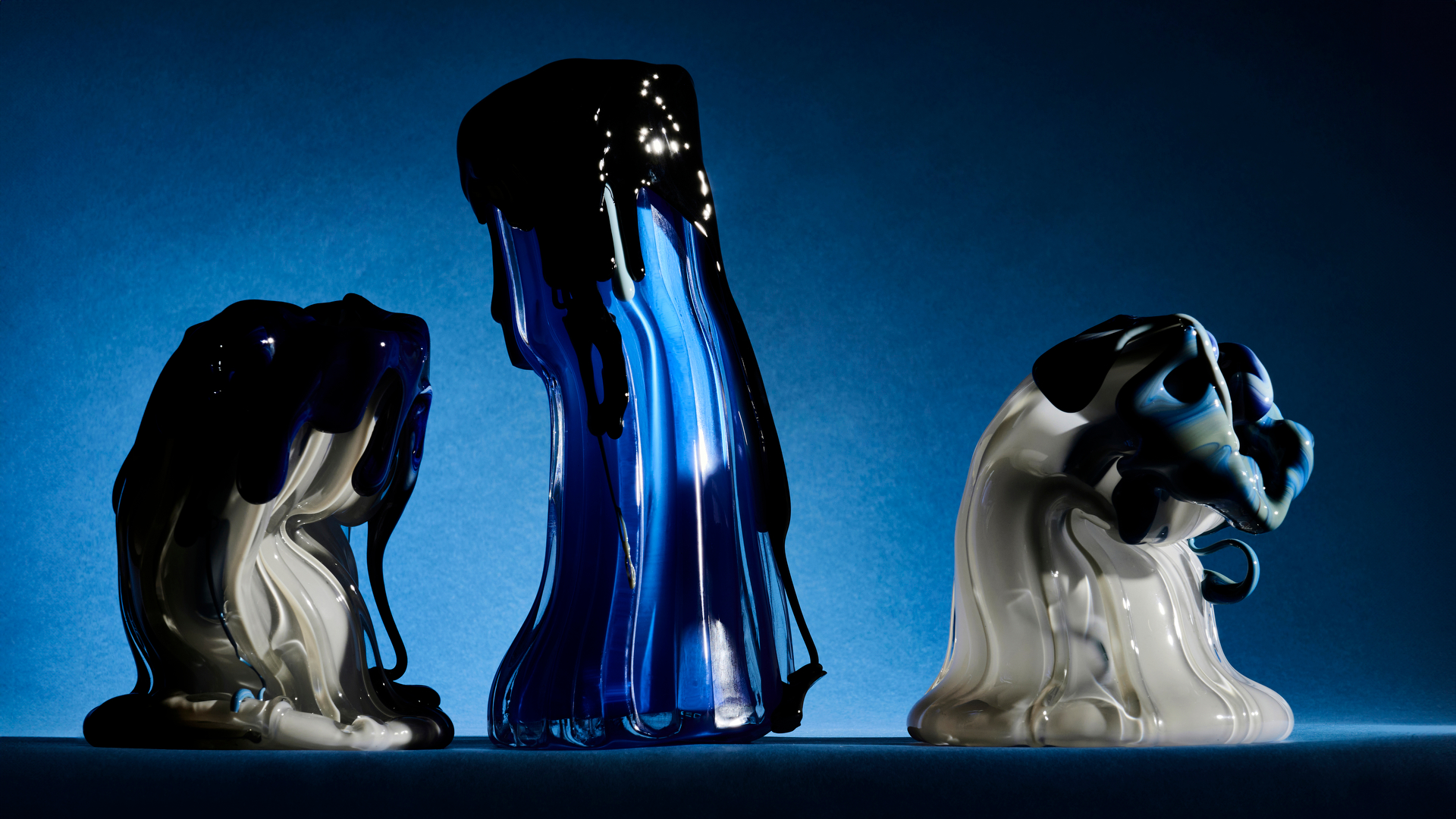 Glass designer Silje Lindrup finds inspiration in the material's unpredictability
Glass designer Silje Lindrup finds inspiration in the material's unpredictabilityWallpaper* Future Icons: Danish glassmaker Silje Lindrup lets the material be in charge, creating a body of work that exists between utility and experimentation
-
 Top 10 architecture moments of 2025
Top 10 architecture moments of 2025Architecture & environment director Ellie Stathaki picks the top 10 architecture moments of 2025, to recount, remember and reassess
-
 These compact new lighting designs are perfect companions for darker evenings
These compact new lighting designs are perfect companions for darker eveningsWith our glowing recommendation, six cute and covetable new lighting designs to beat the winter blues
-
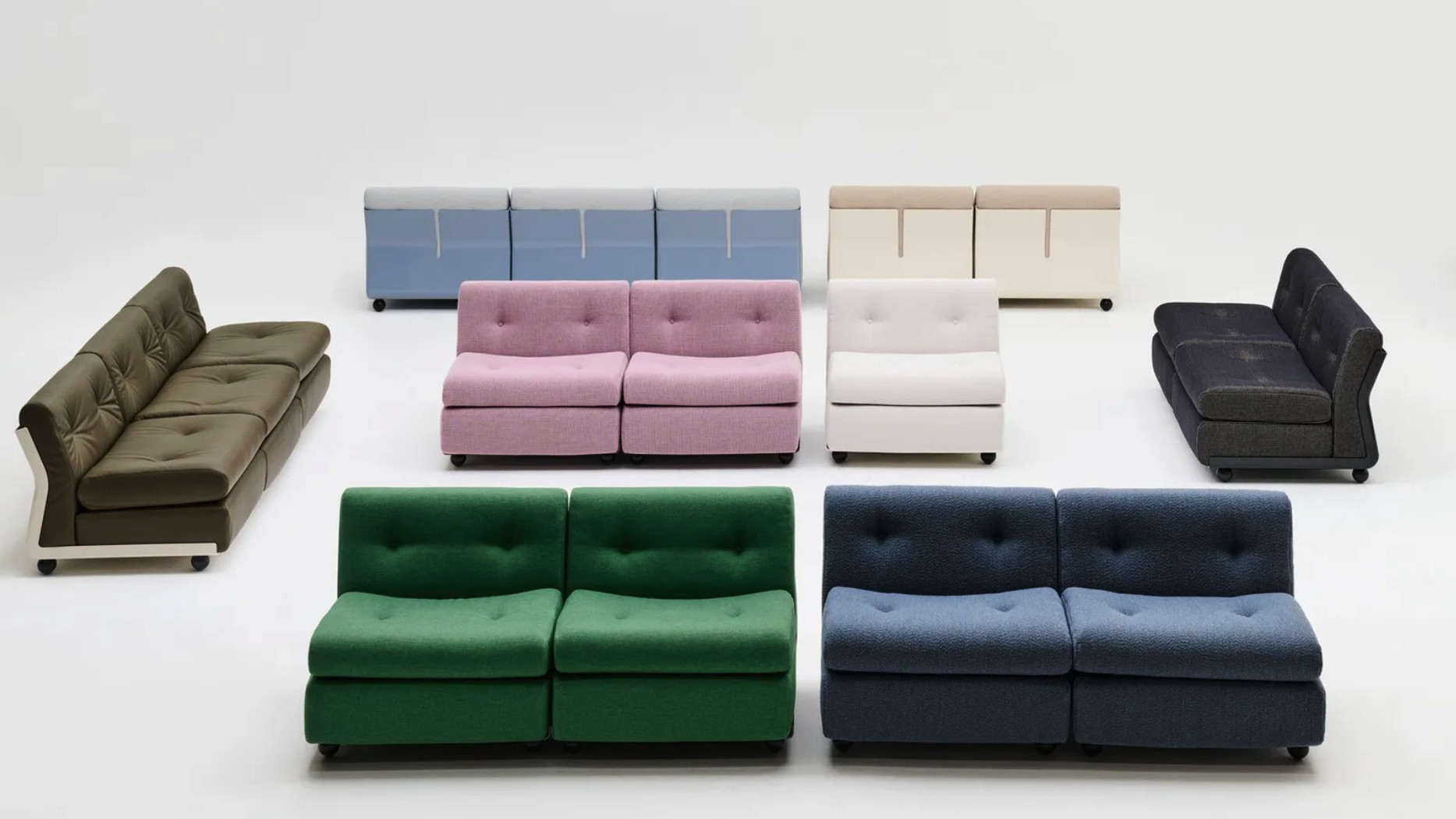 Five of our favourite furniture reissues from 3 Days of Design 2025
Five of our favourite furniture reissues from 3 Days of Design 2025At the Copenhagen event, several brands brought masterpieces from the past back to life – here’s our pick of the furniture revivals, from sofas to lighting
-
 Lise Vester’s wavy bench for Muuto is a soothing take on outdoor seating
Lise Vester’s wavy bench for Muuto is a soothing take on outdoor seatingDesigned for Danish brand Muuto, the stainless steel ‘Dream View Bench’ is an invitation to lie back and ponder the bigger picture
-
 Gubi brings back Pierre Paulin’s space-age ‘F300’ chair, where tech meets craft
Gubi brings back Pierre Paulin’s space-age ‘F300’ chair, where tech meets craftWallpaper* speaks with Gubi CEO Marie Schmidt to learn how the Danish brand’s team of ‘furniture detectives’ brought Pierre Paulin’s 1965 ‘F300’ chair back to life
-
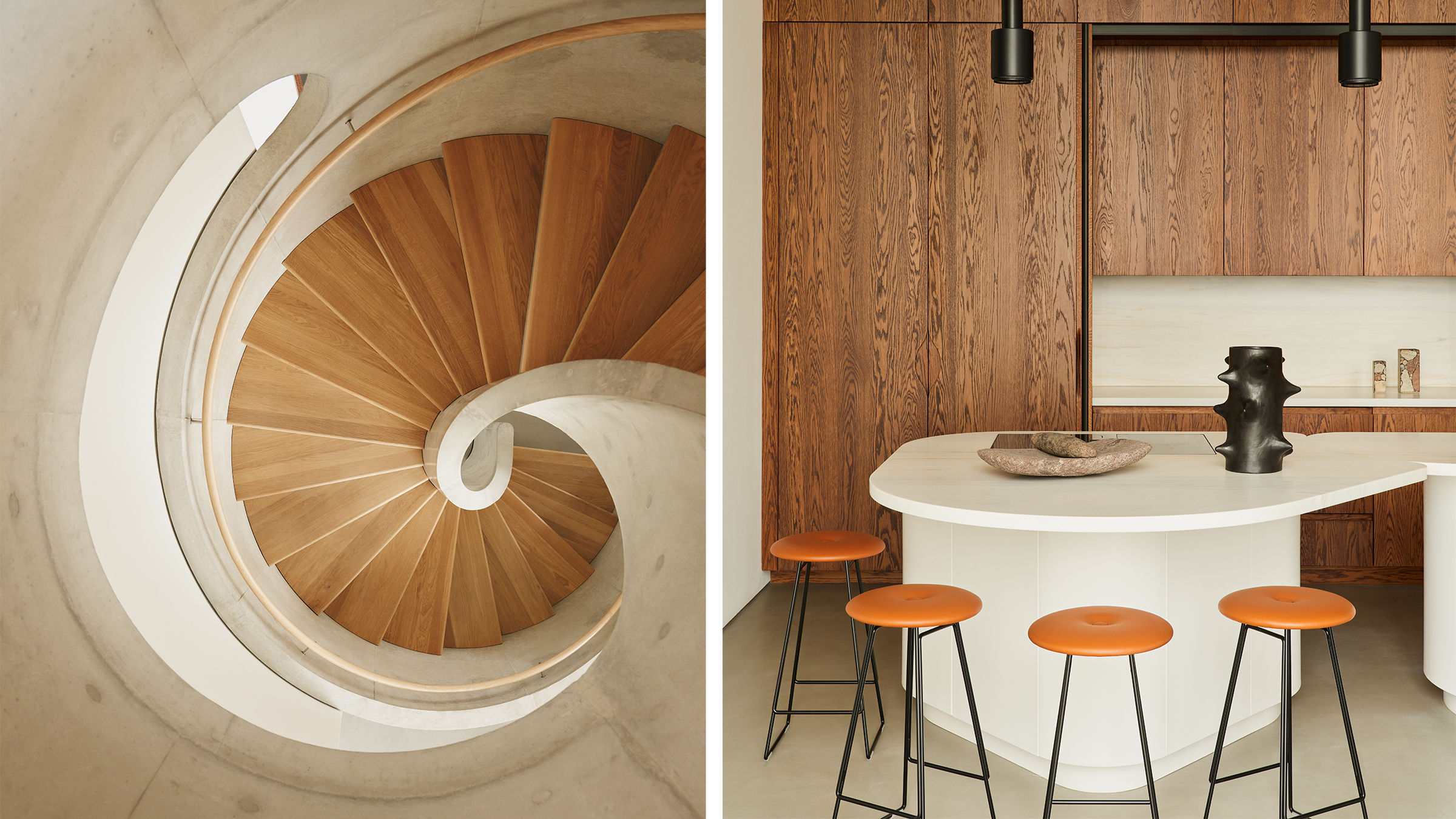 Peek inside London’s One Park Drive penthouses by Herzog & de Meuron
Peek inside London’s One Park Drive penthouses by Herzog & de MeuronHerzog & de Meuron unveil bespoke penthouses at One Park Drive tower in Canary Wharf with furnishings and styling by Tom Dixon’s Design Research Studio
-
 Herman Miller x Hay: Eames classics reimagined
Herman Miller x Hay: Eames classics reimaginedThe new Herman Miller x Hay collection revisits designs by Charles and Ray Eames with updated colours and materials – soon available across North America, South America, Asia, Australia, and Africa
-
 Tour Yrjö Kukkapuro’s studio – a temple to the art of sitting down
Tour Yrjö Kukkapuro’s studio – a temple to the art of sitting downJoin us on a studio visit of Finnish interior architect and furniture designer Yrjö Kukkapuro
-
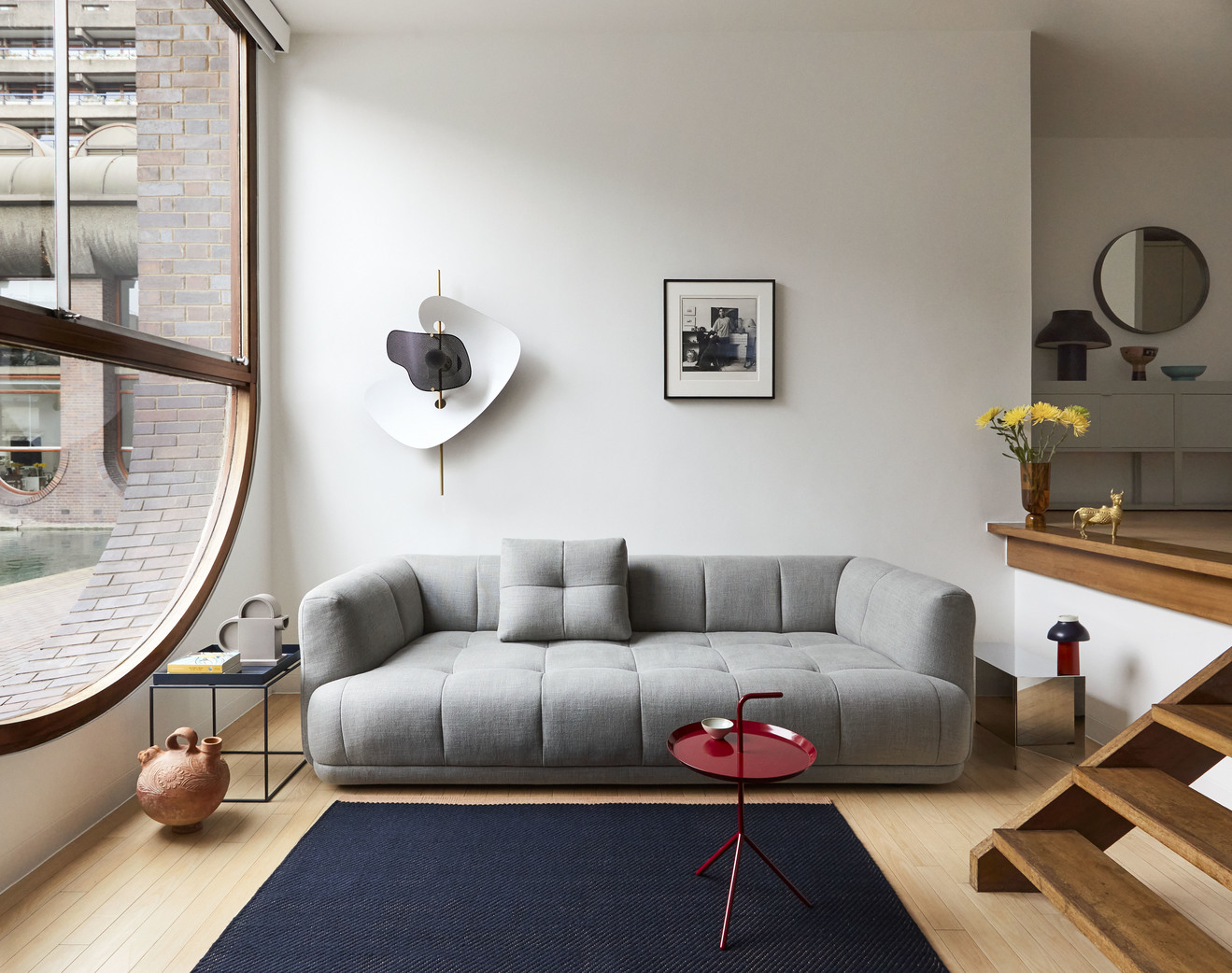 Doshi Levien unveils new modular sofa for Hay
Doshi Levien unveils new modular sofa for HayHay and Doshi Levien unveil their latest design collaboration: the ‘Quilton’ family of modular sofas, with a distinctive, sartorially inspired design